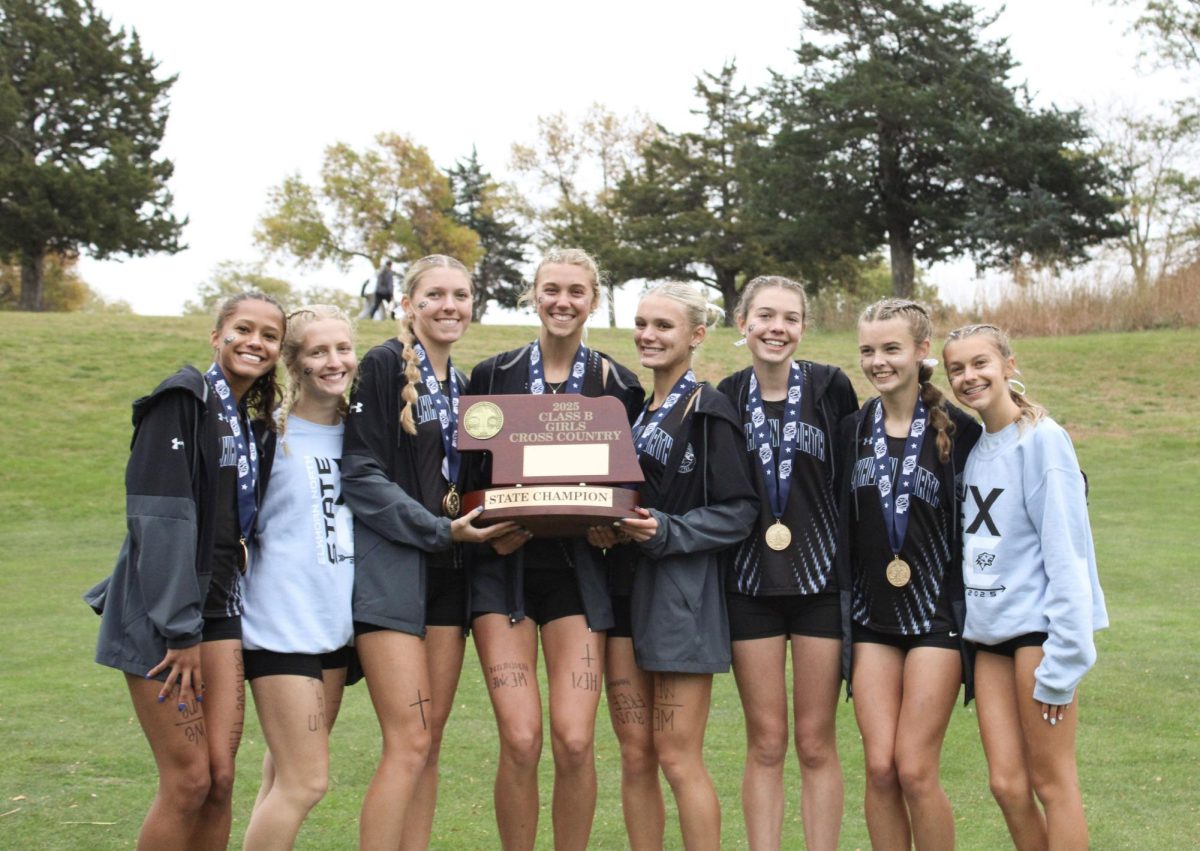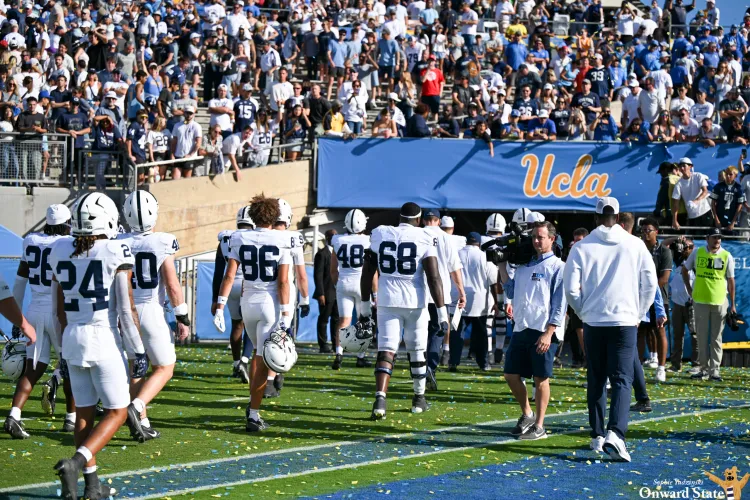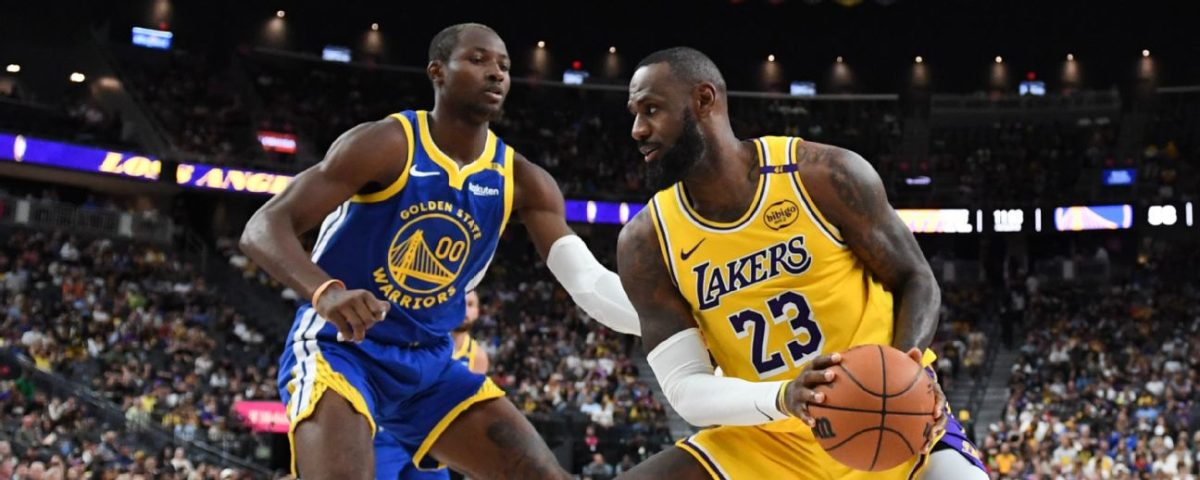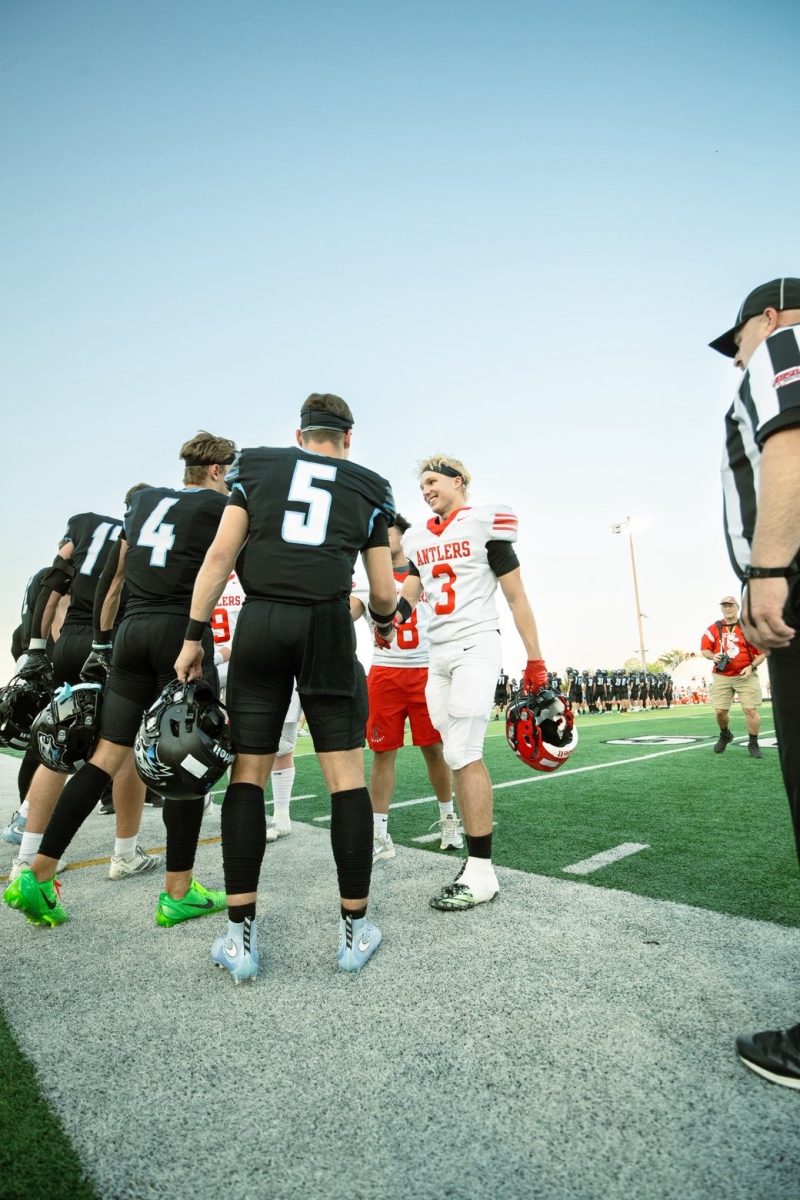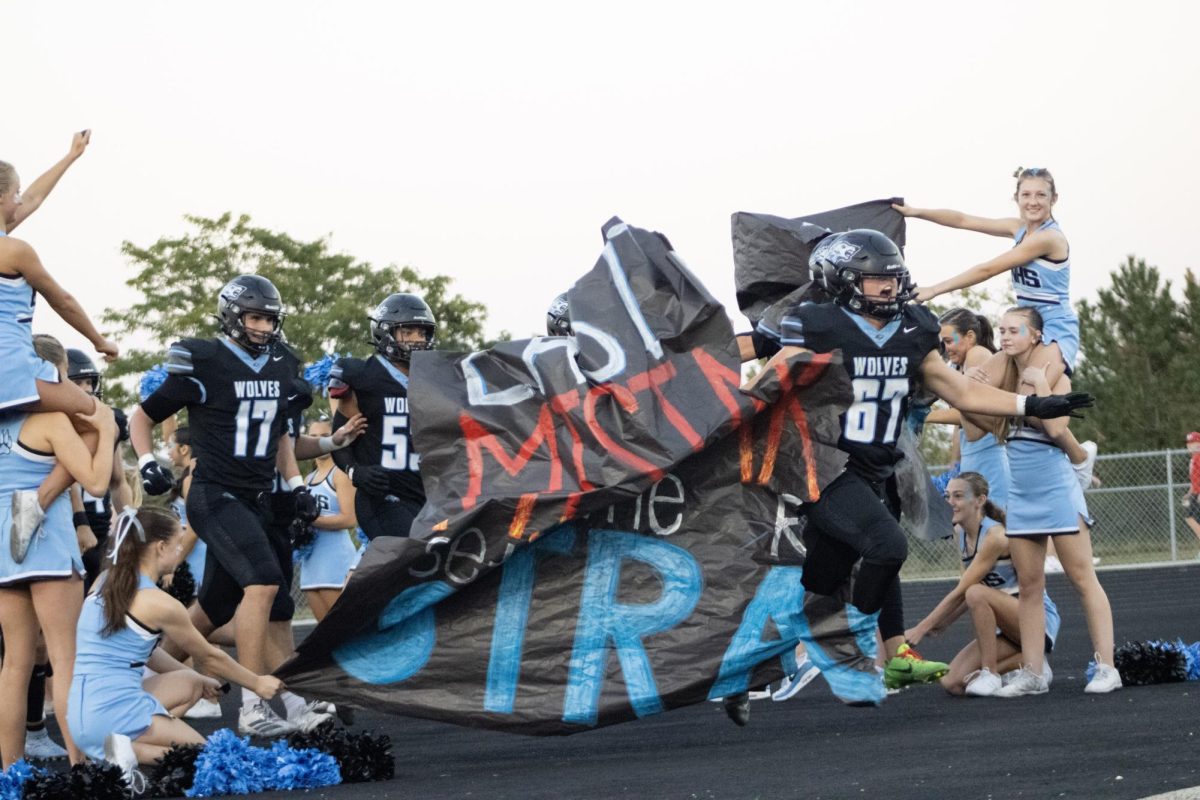High school athletics is more than just a series of games; it’s a crucible where young individuals forge character, learn teamwork, and develop leadership skills that extend far beyond the field.
Among these, senior leadership stands out as a cornerstone, shaping team dynamics, influencing younger athletes, and driving overall success.
Even at our own school, seniors lead the way on most of the athletic rosters, making up a major portion of varsity athletes.
Seniors, by virtue of their experience, naturally assume a position of influence. They’ve been through the rigors of practices, the highs of victories, and the lows of defeats.
This journey equips them with a unique understanding of the team’s culture, its strengths, and its weaknesses.
As one of the “youngest” varsity teams in the school, the Elkhorn North baseball team’s leadership is of utmost importance.
“As one of the three seniors, I feel like I kind of need to lead by example,” senior Kyle Ferry said. “and show the younger kids how to handle adversity and coaching.”
How seniors carry themselves sets the tone for the entire team. A positive and dedicated senior can elevate the performance of everyone around them. Their work ethic in practice, their sportsmanship in games, and their ability to handle pressure serve as a tangible example for younger players.
Conversely, a disengaged or negative leader can create a toxic environment, undermining team morale and hindering development.
“Younger players naturally model their behaviors off of the seniors on the team, so the mindset and attitude of the seniors will have a tremendous impact on the culture of a team as a whole,” said Head football coach Sam Stanley. “Seniors’ work ethic, attitude, and ability to handle adversity are on display at all times.”
Older athletes often act as mentors to their younger teammates. They provide guidance on everything from mastering specific skills to navigating the social dynamics of the team. This gives younger athletes an outlet of advice that does not need to come from the coaches themselves.
“My senior leaders became more than just teammates to me,” junior football player Hunter Rosenbaum said. “They set the foundation for me to be great, and that makes them more like family.”
The impact of senior leadership on a team’s success is undeniable. Teams with strong senior leadership are more likely to perform at their best, overcome adversity, and achieve their goals.
In an article published by University of Kansas’s blog, Leadership and management in sports: A framework for success, the writer found that teams with effective senior leaders demonstrated higher levels of collective efficacy (the belief in the team’s ability to succeed) and cohesion, both of which are strongly linked to performance.
Perhaps the most significant contribution of senior leaders is the legacy they leave behind. They have the power to shape the culture of the team for years to come.
“I am still in contact with many former players who have already graduated,” Ferry said. “I try to carry on their dedication and leadership.”
Seniors who exemplify dedication, sportsmanship, and teamwork create a standard that younger players aspire to emulate. This creates a positive cycle, where each graduating class passes down a tradition of excellence and leadership.
Senior leadership is an indispensable element of successful high school athletic programs. These athletes set the tone, mentor younger players, foster team unity, drive success, and leave a lasting legacy.
Seniors’ contributions extend far beyond wins and losses, shaping the character of their teammates and the culture of their schools. For coaches and administrators, recognizing and cultivating senior leadership is not just beneficial; it’s essential for creating a positive and thriving athletic environment. The lessons learned and the examples set by these young leaders resonate throughout the school and in their lives after graduation.




